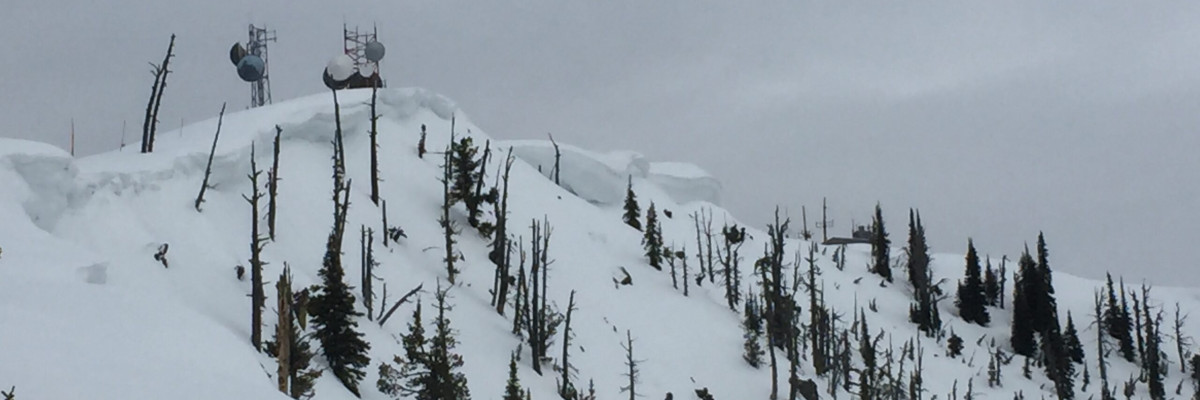The current avalanche danger is LOW for the West Central Montana backcountry. Low danger does not mean no danger and avalanches are still possible in isolated terrain. Carefully evaluate terrain to identify features of greatest concern. With temperatures above freezing later today avalanche danger will increase in the afternoon as the sun starts to affect the snow surface.
Good morning, this is Logan King with the West Central Montana Avalanche Center’s avalanche advisory for March 25, 2017. This danger rating does not apply to operating ski areas, expires at midnight tonight and is the sole responsibility of the U.S. Forest Service.
Weather and Snowpack
Mountain temperatures this morning are below freezing and currently range from 25-31 degrees. The region received 1-4 inches of snow overnight from scattered snow showers. Winds are currently sustained at 16 mph gusting to 27 mph from the WNW at Point 6 and are calming at Deer Mountain where current winds are 7 mph gusting to 12 mph from the W.
Travis and I went on an abbreviated tour in the Rattlesnake yesterday and found the snowpack to be locked up tight. With cloud cover, strong winds, and cool temperatures the snow surface did not appear to be softening up at all yesterday above 7,500 feet.
The primary avalanche concern today will be loose dry avalanches. The old snow surface froze again before snow started to accumulate over night. The new snow will be sitting on a solid bed surface and will be moving on steep terrain. Loose wet avalanches will also become a concern as the day starts warming and the new snow surface begins to get heavy. Carefully evaluate the consequences of getting caught in small loose/wet snow avalanches and avoid terrain traps.
Cornices continue to require attention. Warm temperatures have weakened cornices throughout the advisory area and we continue to see natural cornice failures and cracking behind cornices while out in the mountains. Give cornices a wide berth as they tend to fail back farther than expected and the consequences of being involved in a cornice failure can be very high.
Spring time can bring great conditions for recreation but also complicates assessing avalanche danger. Wet problems tend to be unpredictable, and conservative decision making can be the best tool to safely recreate in the mountains this time of year. Continually reevaluate avalanche danger as spring conditions are very dynamic and change very quickly.
Avalanche and Weather Outlook
Light snow showers will continue off and on through the day today bringing wind this afternoon and finally giving way to warm and clear conditions on Sunday. The avalanche danger will climb if the sun starts to affect slopes in the early afternoon as temperatures look to climb above freezing today.
If you are out in the backcountry, please send us your observations, these are very helpful in producing the advisory. I will issue the next advisory on March 28, 2017.
Ski and ride safe.
























